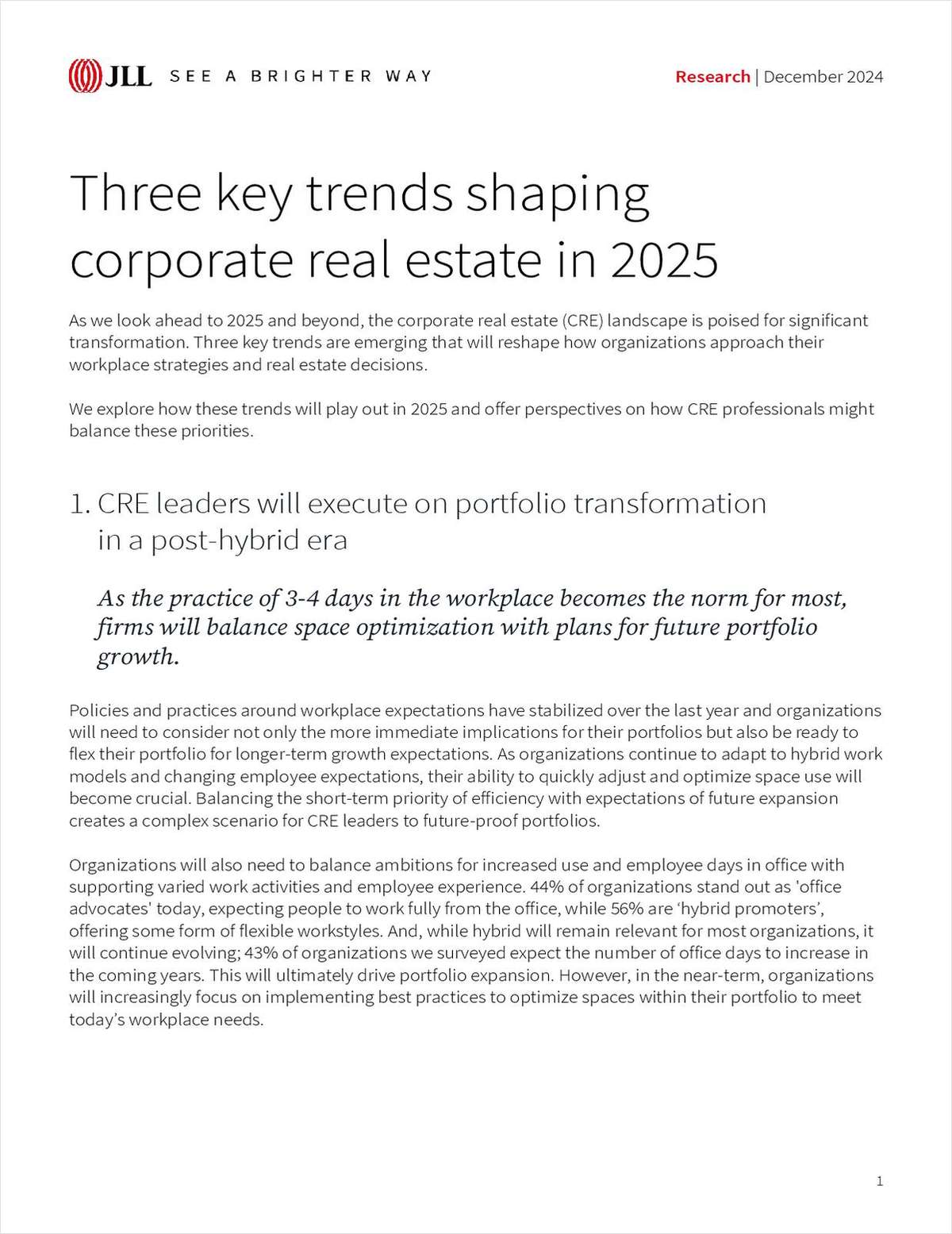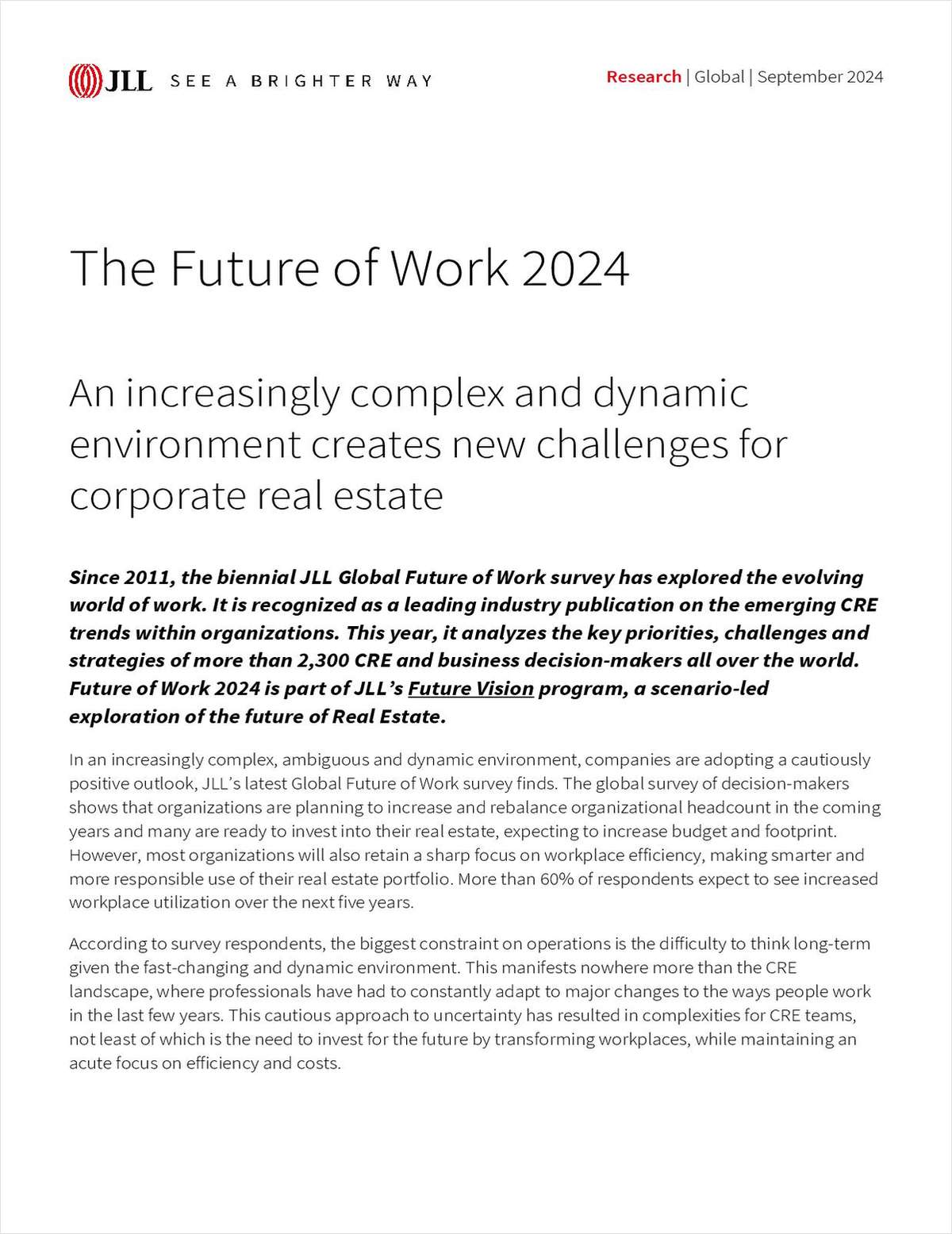An appellate court upheld a Superior Court's earlier ruling that a portion of the land where the ballpark was built, a two-acre swath at the corner of 7th and Jefferson streets, is worth $50 per sf, not the $11 per sf that the Maricopa County Stadium District paid when it condemned the land. The result is that the Arizona Diamondbacks, who are so tight on money that they asked 10 players to take deferred salaries for the next several years, will own nearly $6 million to the Downtown Phoenix Partners, which had owned the land.
In 1995, the two-acre parcel, along with several others in the area, was taken through a condemnation process to make room for the stadium where the Arizona Diamondbacks play, Bank One Ballpark. At the time, the Maricopa County Stadium District, which was created to fund up to $238 million in construction of the stadium, said the land was worth only $11 per sf.
But the private investment partnership that owned the property argued that the price was far too low. The partnership fought the condemnation in Superior Court, which ruled in their favor, saying that the land was worth more like $50 per sf.
The team is considering challenging the ruling, say team officials, but otherwise will have pay the judgement in total within 60 to 90 days. The partnership has collected $900,000 for the land, but still owns roughly $5.9 million based on the judgement. The amount owed has grown since 1995 by at least 10% a year, the interest rate that was set by the court.
Team President Rich Dozier says that the team intends to pay the judgement on its own and will not ask the Maricopa County Stadium District to kick in funds. But the team could use the help. During the off season last year, the team laid off workers, cut programs and asked players to defer their salaries to help offset the $41.5 million in operating losses over the past two years. Since 1998, the team has asked team partners to kick in another $53 million and borrowed an additional $10 million.
The Maricopa County Board of Supervisors met in executive session Monday to discuss the issue; however, officials would disclose whether or not the team had asked the county for financial assistance.
A ceiling of $238 million was set for the total contribution the county would make to the stadium, but that obligation was met long ago during stadium construction. The only way the county could contribute funds is if voters pass another proposition to provide it. That's probably unlikely, as public opposition to the original spending on the stadium was so strong following the vote that nearly all the sitting supervisors were voted out of office.
Want to continue reading?
Become a Free ALM Digital Reader.
Once you are an ALM Digital Member, you’ll receive:
- Breaking commercial real estate news and analysis, on-site and via our newsletters and custom alerts
- Educational webcasts, white papers, and ebooks from industry thought leaders
- Critical coverage of the property casualty insurance and financial advisory markets on our other ALM sites, PropertyCasualty360 and ThinkAdvisor
Already have an account? Sign In Now
*May exclude premium content© 2025 ALM Global, LLC, All Rights Reserved. Request academic re-use from www.copyright.com. All other uses, submit a request to [email protected]. For more information visit Asset & Logo Licensing.








